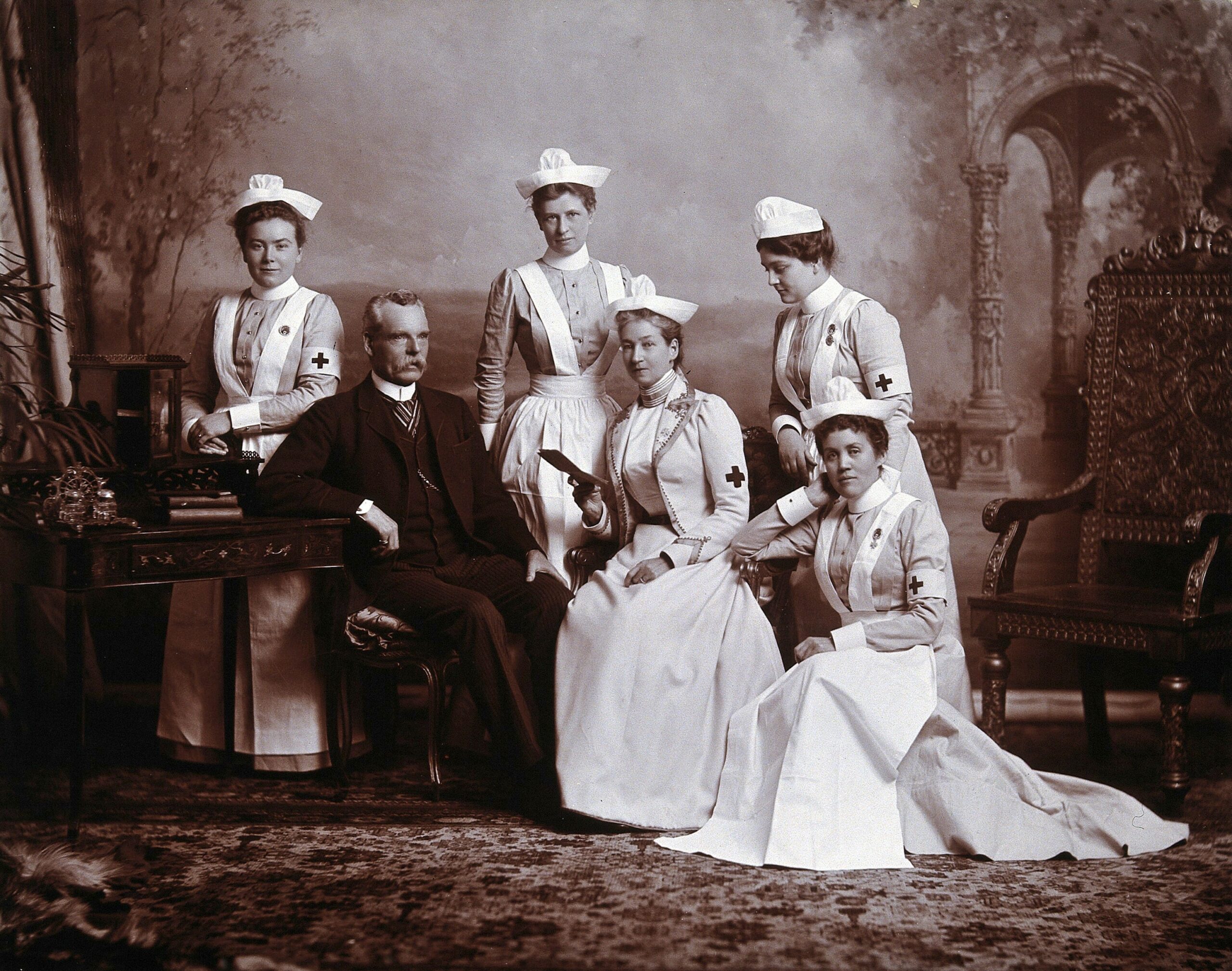In the realm of television, few shows have managed to encapsulate the profound intricacies of human experience as eloquently as “Call the Midwife.” The series, set in the vibrant and tumultuous landscape of 1950s East London, unfolds as a tapestry interwoven with the threads of compassion and faith. At the heart of this narrative stands Nurse Miller, a character emblematic of both the challenges and triumphs of nursing in a post-war society. The exploration of her character through the lens of cultural relativism reveals the transformative power of empathy within varying socio-cultural contexts.
The ethos of “Call the Midwife” is deeply embedded in the concept of compassion, a moral virtue that transcends geographical, socio-economic, and temporal boundaries. Nurse Miller serves not merely as a caretaker of physical ailments; rather, she embodies the holistic essence of nursing, attending to the emotional and spiritual needs of her patients. The show presents a microcosm of diverse cultures and class struggles existing in a single location, prompting viewers to engage in a critical examination of their own values and preconceptions.
Cultural relativism posits that individual beliefs and practices should be understood in their cultural context, rather than judged against the standards of another culture. This perspective is vital when analyzing Nurse Miller’s interactions with her patients, who come from myriad backgrounds, each with their unique customs, beliefs, and apprehensions regarding childbirth and healthcare. The narrative arc illustrating her compassionate responses underscores a significant cultural discourse that prioritizes understanding over judgment.
Throughout the series, viewers witness Nurse Miller navigating the complexities of her patients’ belief systems. For instance, her interactions with women who adhere to traditional birthing practices reflect a radical acceptance of their cultural norms. When confronted with skepticism of modern medical interventions, she does not impose her own beliefs but instead approaches these situations with a spirit of inquiry and respect. This disposition fosters an environment where cultural differences can coexist, creating a nurturing space for dialogue and understanding.
The complexity of compassion as depicted through Nurse Miller’s character is also a testament to the interplay between faith and healthcare. The series deftly illustrates how faith can function both as a source of strength and a point of contention within diverse communities. In her encounters with patients who find solace in spiritual beliefs, Nurse Miller often employs a sensitive approach, balancing her professional obligations with a recognition of the significance that faith holds within their experiences. The nuanced depictions prompt an exploration into how faith might influence health outcomes and decision-making processes.
Nurse Miller’s character also challenges viewers to consider the socio-economic determinants of health, another essential facet of cultural relativism. Many of her patients are marginalized, grappling with systemic injustices that inhibit their access to adequate healthcare. By highlighting these disparities, “Call the Midwife” compels the audience to critically evaluate the role of socio-political structures in shaping individual health experiences. Through her unwavering dedication to the welfare of her patients, Nurse Miller stands as a vanguard for social equity, reinforcing the idea that compassion must extend beyond mere emotional support to include advocacy for systemic change.
Moreover, Nurse Miller’s relationships with her colleagues serve as an additional lens through which to explore themes of compassion. The camaraderie and occasional conflict among the midwives elicit a discourse on professional ethics and the balancing of personal beliefs with shared responsibilities. Cultural relativism informs these dynamics, as differing cultural backgrounds and personal experiences shape their approaches to nursing. The resulting interactions illuminate the multifaceted nature of altruism within professional spheres and the importance of fostering solidarity amongst caregivers.
As the narrative progresses, Nurse Miller’s own character development becomes a critical study in the spectrum of compassion. Initially portrayed with a certain idealism, her experiences with loss and heartache catalyze a transformation, ultimately enriching her capacity for empathic engagement. This evolution serves to emphasize a central tenet of cultural relativism: the recognition that compassion and understanding can emerge from personal struggle and resilience. Viewers are left to ponder the notion that adversity often breeds empathy, thereby enhancing one’s ability to connect with others on a deeply human level.
The series culminates in moments of heart-wrenching beauty where compassion reigns supreme. Nurse Miller’s unwavering dedication to her patients represents a poignant critique of the limitations often imposed by cultural boundaries. In witnessing the raw, unfiltered experiences of childbirth, pain, and joy, viewers are invited to reflect on the shared human experience, ultimately fostering a profound sense of connection across cultures.
In summary, Nurse Miller from “Call the Midwife” serves as an exemplar of compassion as articulated within a cultural relativist framework. By challenging ingrained biases and fostering an inclusive understanding of diverse belief systems, the narrative empowers both characters and viewers to transcend societal divides. As the series unfolds, it not only presents a microcosm of cultural tensions but also beckons a broader discourse on the universal nature of compassion. The portrayal of Nurse Miller invites reflection on the myriad ways faith, culture, and personal experience intertwine in shaping health outcomes and community bonds. Ultimately, the series promises a shift in perspective that piques curiosity, urging viewers to recognize and embrace the rich tapestry of human experience shared across cultures.
